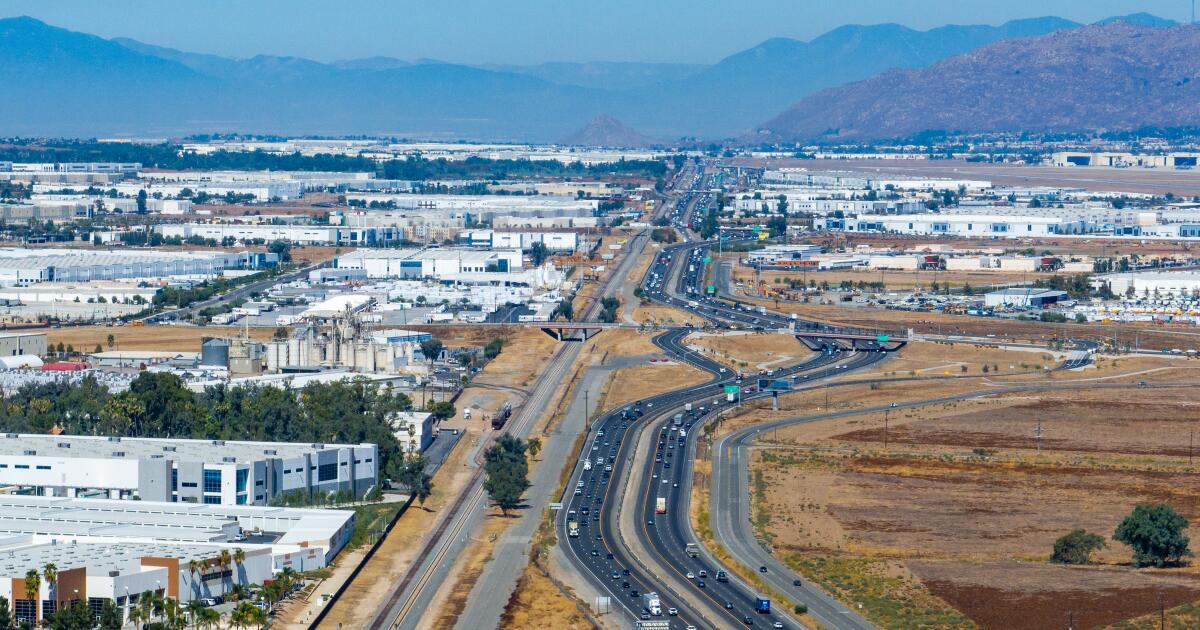The Blackberry sign in Waterloo, Ont., on June 19, 2014.Mark Blinch/Reuters
Six years after shelling out US$1.4-billion to buy California cybersecurity company Cylance Inc., BlackBerry Ltd. BB-T says it may sell the chronic money-loser as part of its pivot to investing in other growing, profitable parts of the business.
Buying Cylance, a startup that uses artificial intelligence and machine learning to provide cybersecurity protection for small and medium businesses “was a bold bet, but the market quickly shifted” to favour threat detection and response products, which the acquired company didn’t offer, BlackBerry chief executive officer John Giamatteo said Wednesday at an investor day presentation in New York.
The Cylance acquisition, BlackBerry’s largest in its 40-year history, was the signature deal of predecessor John Chen, who shifted the company into software after exiting the smartphone market.
But Cylance became a money pit as BlackBerry spent years building out the startup’s competitive capabilities to catch up with the market. The unit is set to lose US$50-million on roughly US$90-million in revenues this fiscal year and still requires years of significant investment.
Mr. Giamatteo said that outlay would be unsustainable and “unlikely to generate an acceptable return on capital,” and that BlackBerry will stop investing in Cylance and explore options including selling it.
Instead, the company will shift capital spending to its connected-car software business, QNX, and other parts of its cybersecurity business that are stable and profitable, including units that sell mobile device management and encrypted, secure communications software to governments and large enterprises.
“We’re going to be pushing our investment toward our growth engines,” chief financial officer Tim Foote said. “I want to see this company move back to top-line growth overall, and not just growth – profitable growth.”
The Waterloo, Ont.-based company’s leaders unveiled their strategy and a sunny financial outlook at its first investor day presentation since Mr. Giamatteo, its former cybersecurity chief, took over as CEO last December. BlackBerry kicked off by acknowledging it had become all but forgotten in the public eye since it stopped selling smartphones. Investors have also lost interest and the stock remains mired near multidecade lows.
“When people hear the name BlackBerry, quite often one question comes to mind: BlackBerry – are you still around? We hear it all the time,” Mr. Giamatteo told analysts and investors at the outset of the webcast event.
The new CEO is looking to make BlackBerry relevant again by slashing costs, achieving operating profitability and growing revenues – a reversal of years of underperformance. Under his leadership, BlackBerry has cut US$135-million in annual costs – on its way to a goal of US$150-million – mostly from its cybersecurity business.
It also achieved adjusted operating profitability – a non-GAAP measure – in its second quarter ended Aug. 31, ahead of schedule, and cut cash usage to US$13-million in the period from US$56-million a year earlier. The company is forecasting it will generate positive operating cash flow in the fourth quarter.
BlackBerry is forecasting that revenues, after bottoming out between US$591-million and US$616-million this fiscal year, will climb modestly, exceeding US$655-million in two years. It expects adjusted operating earnings will exceed US$80-million.
The cost-cutting has accompanied a split of the company into two autonomous operating units and sharpened its focus on capital allocation and growth opportunities. As part of that exercise, leadership concluded that supporting Cylance was a distraction from the rest of its cybersecurity division, which is on track to generate US$52-million in adjusted operating profits this fiscal year on revenues of roughly US$270-million.
“We’ve learned that focusing on our core competencies rather than taking significant steps into relatively unknown verticals represents the most successful path for BlackBerry,” Mr. Giamatteo said.
The company has big hopes for its Ottawa-based “internet-of-things” QNX unit, which makes software used in connected cars for such applications as advanced driver-assistance systems. Sales growth has been uneven in line with sluggish auto sales, though QNX software is now in more than 255 million cars and deployed by all 10 of the world’s largest automakers. Revenues in the division reached US$108-million in the first half, up 15 per cent year over year.
The company’s royalty backlog from auto customers – an indicator of future revenue growth – reached a record US$815-million in the second quarter. In addition, automakers have started asking QNX if it could build a foundational, high-performance software platform for vehicles as on-board computerized systems have become more complicated and pervasive, said Mattias Eriksson, president of the division.
The unit will also start marketing its software to other markets including health care and robotics this year, which it hopes will expand its potential addressable market opportunity by billions of dollars annually.




